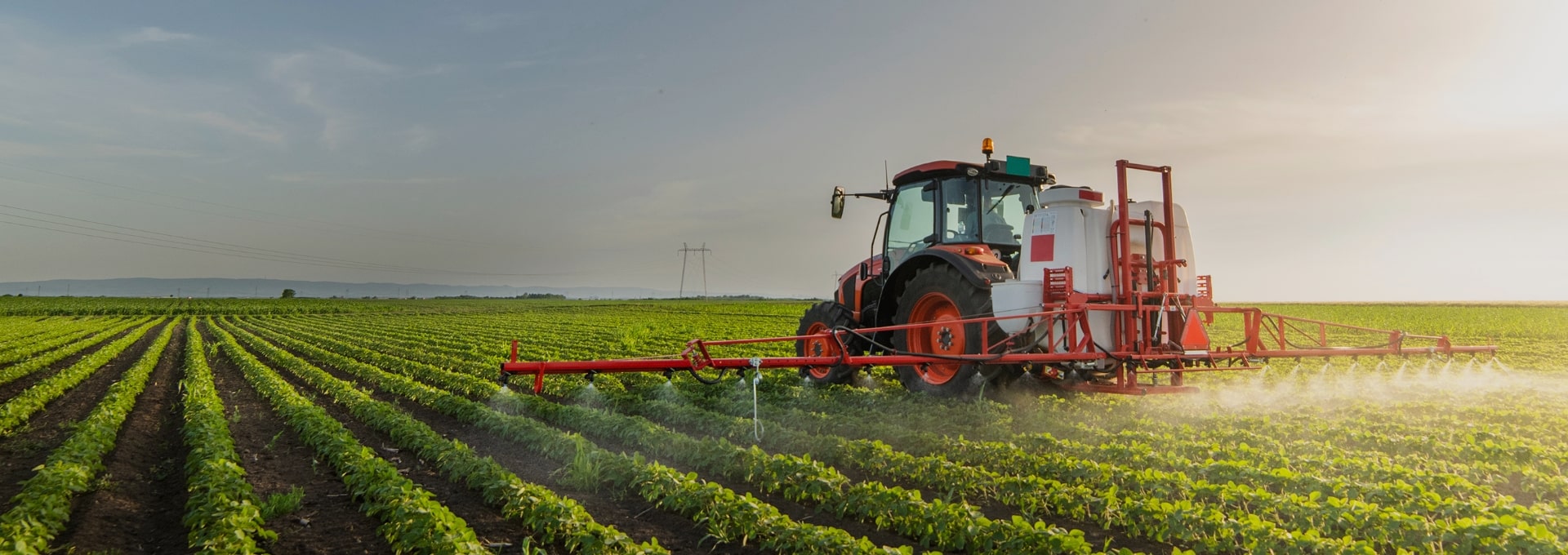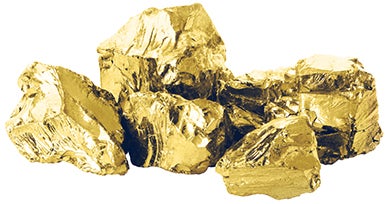
A commodity is any physical good that can be bought or sold on the commodities market. Commodities work in a similar way to other financial markets. The exchange value of commodities is often affected by changes in supply and demand of the goods being traded. Commodities can be traded in the physical market or as a derivative.
Invest your opinion of the global commodity market with products such as gold, oil, natural gas and copper.
Invest in CFDs on commodities like oil and gas is a great way to diversify your portfolio, and offers you access to those markets without having to purchase the product outright.
Whatever your investment goals may be, make the most of today’s market action and start investing in popular oil and gas products with Elite Mining Firm.
The first step of trading commodities is to decide what you want to trade. It is important to consider the properties of commodities, and what external factors may affect the commodity’s price. Commodities are often traded as financial derivatives. You buy if you think the price of the commodity will rise, and you sell if you think the price of the commodity will fall.
Commodity investing involves putting your money into raw materials that are either consumed directly, like food, or used to create other products, like precious metals. Energy sources and natural resources are considered commodities.
Interested investors can invest in commodities in many different ways, like in physical raw form or using future contracts of ETPs that track a commodity index. Mutual funds are also a viable way to invest in commodities. Buying shares of a company that profits from the value of a natural resource is a great way to invest in a commodity.
Commodities can be utilized for diversification, to hedge against inflation, gain returns, and more.
While agriculture has been around since the beginning of civilization, it continues to be a growing asset class and can act as a significant part of any portfolio. How can you deny the power of food and agriculture? Whether we are in an economic boom or recession, we still need to grow and eat food.
Between 2005 and 2017, the number of funds operating in the food and agriculture sector rose from just 38 to over 440. The funds manage nearly $73 billion in assets, between both private and institutional investors. This is predicted to increase as populations grow and economies become more prosperous.
You can see the evolution of the industry when you look at how it is gaining capital. Pension funds and endowments in North America and Europe are some of the major sources of capital.
Another reason you should be looking into agriculture as your next investment is its potential as a long-term investment. If an individual is looking to build long term wealth, agriculture is a way to do that, especially with farmland and timberland. This can provide money for an individual’s own retirement, a later investment, or money saved for their family in the future.
Like real estate, farmland appreciates in value at the same time the crops produce a yield annually. Other crops, like timber, can take a long time to grow and won’t produce anything until they are more mature.
Our pricing engine aggregates live prices, in real time, from our liquidity providers and calculates a mid-point. A custom-built pricing algorithm automatically calculates the spread symmetrically around the mid-point for each tradable instrument on our trading platform. This mid-point fluctuates throughout the day as market prices change.

COMEX Copper is widely considered as one of the key cyclical commodities, given its extensive usage in construction, infrastructure and an array of equipment manufacturing. The biggest end-use is for the production of cables, wiring and electrical goods because of its excellent electricity conducting properties. The construction sector is the second largest user of copper, for plumbing, HVAC and building wiring applications. Although found in abundance and widely extracted as well as recycled, the copper value chain is quite capital intensive. This makes the market susceptible to supply-side constraints, and therefore, volatile price fluctuations.

Gold is traded in the spot market, and the gold spot price is quoted as US dollar per troy ounce. Since 1919, the most common benchmark for the price of gold has been the London gold fixing, a twice-daily telephone meeting of representatives from five bullion-trading firms of the London bullion market. Gold is traded continuously throughout the world based on the intra-day spot price, derived from over-the-counter gold-trading markets around the world (code XAU).

The price of silver is driven by speculation and supply and demand—mainly by large traders or investors, short selling, industrial, consumer and commercial demand, and to hedge against financial stress. Compared to gold, the price of silver is notoriously volatile. This is because of lower market liquidity, and demand fluctuations between industrial and store of value uses. At times this can cause wide-ranging valuations in the market creating volatility.
Apexstack, is now a registered investment advisor at the U.S. Securities and Exchange Commission (SEC). Together with our partner Swiss private banks, our company can now offer the full Swiss private banking experience to American clients, both resident and non-resident.
In terms of precious metals, Apexstack has connections with some of the most prestigious banks in Switzerland that have trustworthy reputations for managing wealth and some holding your gold. Connect with us if you have any questions about gold as an investment or need a bank to hold your gold.
If you wanted to explore the power of investing in water, Apexstack has developed an extensive network of specialists focusing on the theme of water investing. Our goal is to find the best investment opportunity for you, whether it’s in water or otherwise.